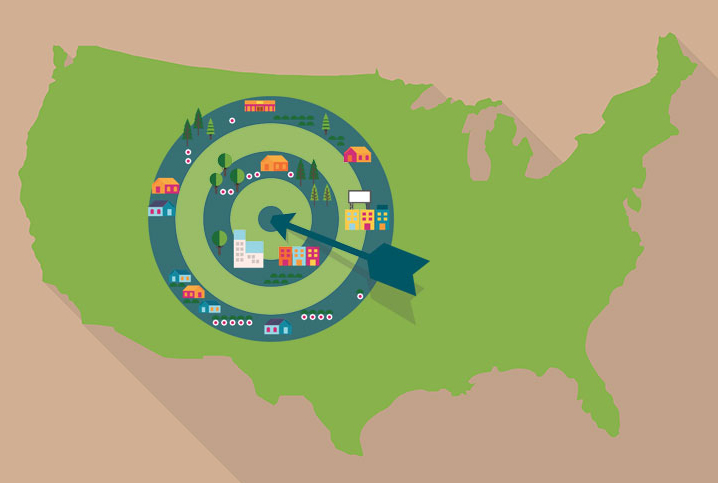
Geocode Lookup
Geocoding Transforms Addresses to a Location on Earth’s Surface
Geocoding provides the ability to look up and assign geolocation information to the records in your address database. Append latitude and longitude coordinates, and other location-related data.
With precise geocoded location data, you can calculate the distance between two points, find an address within a radius, organize your mailing territories, analyze customer saturation rates geographically, provide greater targeting capabilities for your marketing, or locate the closest distribution outlets for your customers.

How Does Geocoding Work?
SmartSoftDQ’s AccuMail GeoCode is easy to use. In conjunction with the AccuMail .NET API or the AccuMail desktop address correction application, AccuMail GeoCode gives you the ability to easily integrate geolocation data into your addresses during the address validation and correction process. That location data can be subsequently used in other applications, either directly in the case of the .NET API, or by exporting to an external file from your AccuMail frameworks desktop database.
AccuMail GeoCode is available either as an add-on to our AccuMail framework desktop application or as an API that can be integrated into your own applications for lat/long data processing in real time.
Besides providing latitude and longitude coordinates to up to six decimal places, AccuMail GeoCode provides you with a wealth of additional data for each address:

Geocoding Uses
Customer Data Enrichment
Combine Census Tract and Block Number data, which are provided to the ZIP+4® level, with Census-based demographic data obtained from third parties to develop more detailed customer profiles.
Sales Tool
Geocode data can help organize equitable sales territories within sales organizations.
Targeted Marketing
Perform more accurate Radius Searches within AccuMail to target households or businesses within a certain number of miles from any central point, such as a store or office.
Logistics Tool
Calculate distances from site locations to help identify geographic areas of interest, pinpoint close distributors or dealers for customers, analyze where customers live, or optimize driving routes.
